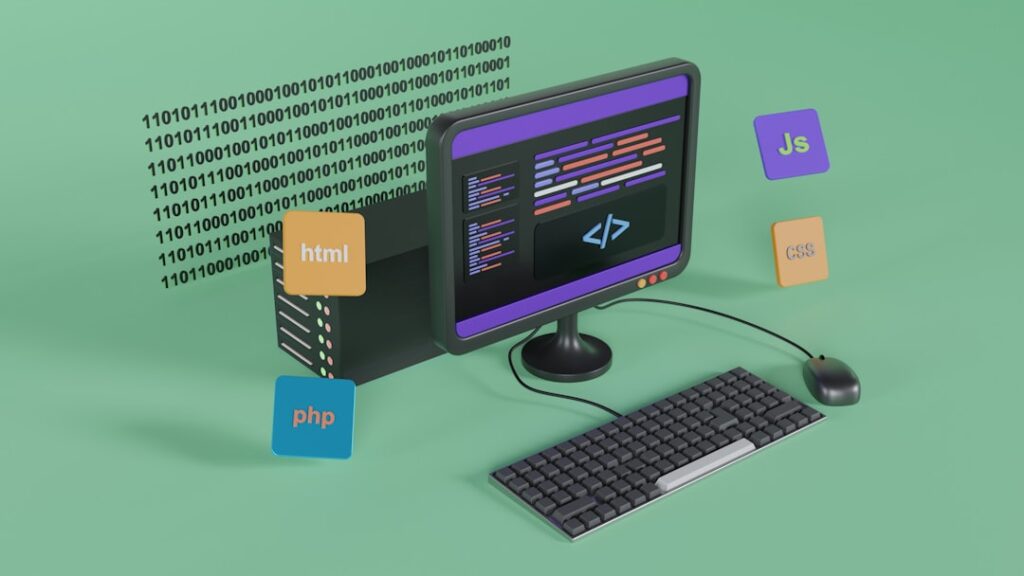Exploring No-Code Automation Platforms: Enhancing Productivity with AI Tools
As businesses increasingly seek efficiency and innovation, the shift toward No-Code Automation Platforms has taken center stage. These platforms empower users to automate various processes without requiring extensive programming knowledge, making them accessible to a broader audience. In this article, we will delve into the world of no-code automation, examining its benefits, key features, and the future of AI tools in this landscape.
The Rise of No-Code Automation Platforms
In recent years, the demand for no-code solutions has surged. Companies are looking for ways to streamline operations and reduce dependency on IT departments. According to a recent report, nearly 70% of businesses are leveraging no-code tools to improve their productivity.
What Are No-Code Automation Platforms?
No-code automation platforms allow users to build applications and automate workflows without writing code. These tools typically feature drag-and-drop interfaces and pre-built templates, enabling non-technical users to create sophisticated processes easily.
The Benefits of No-Code Platforms
- Increased Efficiency: Automating repetitive tasks frees up time for employees to focus on higher-value activities.
- Accessibility: With no-code platforms, individuals with limited technical skills can still execute automation, democratizing the development process.
- Cost-Effective: Reducing reliance on specialized developers lowers operational costs.
- Rapid Prototyping: Users can quickly create and test applications, enabling agile development methodologies.
Key Features to Look For in No-Code Automation Platforms
When selecting a no-code automation platform, businesses should consider several key features to ensure they choose the right tool for their needs.
User-Friendly Interface
An intuitive interface is essential for enabling users to navigate the platform easily. Look for drag-and-drop functionality and visual workflow editors that simplify the building process.
Integration Capabilities
The ability to integrate with other software and services is crucial for a no-code platform. Ensure that the chosen tool can seamlessly connect with your existing systems to maximize efficiency.
Scalability
As businesses grow, their automation needs may evolve. Choosing a scalable platform allows you to expand operations without limitations.
Challenges and Considerations
While no-code automation platforms offer numerous advantages, they are not without challenges. Organizations must consider potential pitfalls before implementation.
Security Concerns
With increased accessibility comes increased risk. Organizations must ensure that sensitive data is protected within no-code applications. Choose platforms that prioritize data security and offer robust encryption methods.
Over-Reliance on No-Code Solutions
While no-code platforms democratize automation, there is a danger in over-reliance on these tools. Critical processes should still be evaluated and monitored by IT professionals to ensure compliance and effectiveness.
The Future of AI Tools and No-Code Automation
The future of No-Code Automation Platforms is bright, especially as AI technologies continue to evolve. Integrating AI tools can enhance the functionality of no-code platforms, allowing for smarter automation.
AI-Driven Insights
AI can analyze large datasets faster than human counterparts, providing valuable insights that can inform automation strategies. This will lead to more tailored and efficient solutions.
Improved User Experience
AI can also enhance user experience by providing personalized recommendations and automating complex tasks that would otherwise require technical expertise.
Conclusion
No-code automation platforms represent a transformative shift in how businesses approach workflows and operations. By leveraging these tools alongside AI technologies, organizations can improve efficiency, reduce costs, and drive innovation. As the landscape continues to evolve, embracing no-code solutions will be vital for businesses looking to stay competitive in an increasingly automated world.
Benefits of No-Code Automation Platforms
No-Code Automation Platforms offer numerous advantages for businesses looking to streamline their operations. One of the most significant benefits is the reduction of development costs. By allowing team members without coding expertise to create and manage workflows, organizations can save money on hiring dedicated developers for every small task. This not only decreases overhead but also accelerates project timelines, enabling teams to respond swiftly to changing market demands.
Empowering Non-Technical Users
One of the key strengths of No-Code Automation Platforms is their ability to empower non-technical users. Traditionally, automating tasks required programming knowledge and significant IT involvement, which often led to bottlenecks in operations. However, with user-friendly interfaces and intuitive drag-and-drop features, anyone can design and implement automated processes. This democratization of technology allows businesses to leverage the diverse skills and insights of all team members, driving innovation and efficiency across the board.
Choosing the Right No-Code Automation Platform
When considering a No-Code Automation Platform, it is essential to evaluate your specific business needs. Factors such as scalability, integration capabilities, and user interface should be taken into account. Some platforms excel in specific industries or types of workflows, so it’s crucial to choose one that aligns with your goals. Additionally, strong customer support and a vibrant user community can make a significant difference in your experience, providing valuable resources and assistance as you implement new automations.
Top Features to Look For
In evaluating No-Code Automation Platforms, look for key features that enhance usability and functionality. Integrations with existing tools can significantly improve how well the platform fits within your operational ecosystem. Furthermore, pre-built templates for common tasks can save time and reduce complexity. Security features also play a vital role, especially in environments handling sensitive data. Overall, the right No-Code Automation Platform can be a game-changer, facilitating more agile and efficient business processes that promote growth and innovation.


